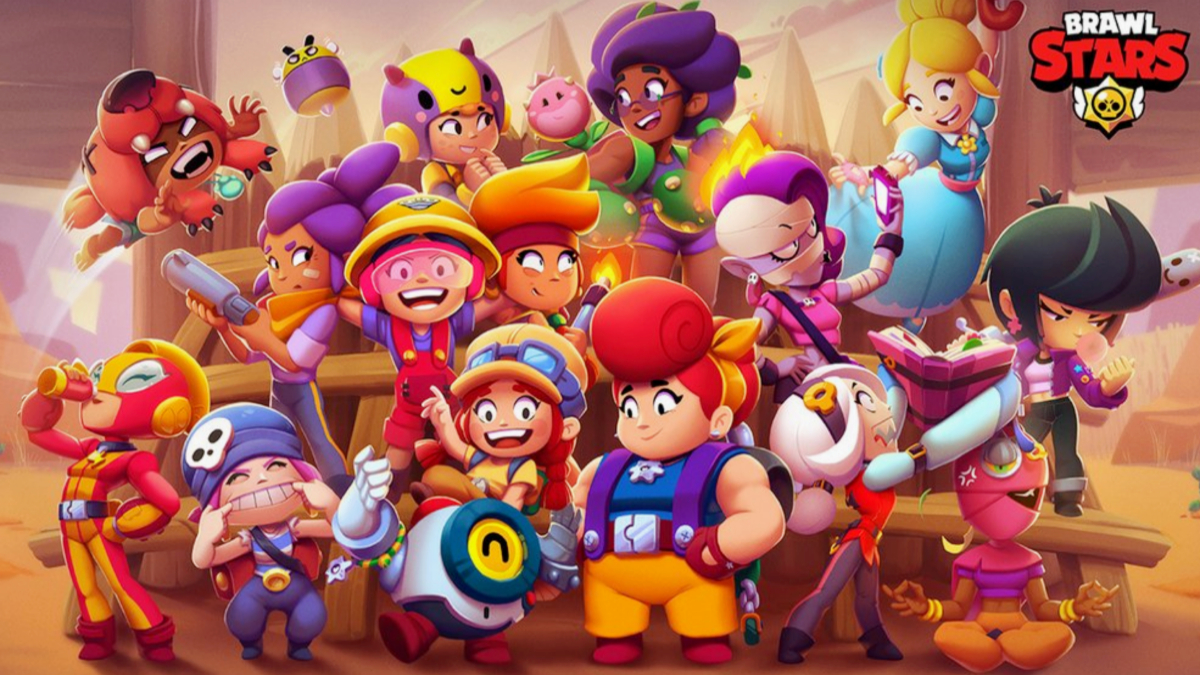If you ever wanted to know what it would look like if Community and The Adventure Zone had a baby, then I guess your wait is over… you pervert. SteamWorld Quest: Hand of Gilgamech, Image and Form’s latest addition to the heavily charismatic SteamWorld franchise, channels the misfit energy of Dan Harmon and the McElroy brothers’ ceaseless goofs into a whimsical recipe. While the main focus is the deck building, the real star is the eclectic group of characters and clever writing. Once the gameplay became repetitive and the story continued to drag, the jokes and characters, like Community and The Adventure Zone before it, kept me going.
Like all good stories, SteamWorld Quest follows a group of unlikely heroes thrust into a plot greater than themselves in which they are forced to learn hard truths about each other, and in turn become closer. Sound familiar? It’s about as straight and narrow as every other fantasy or adventure story.
However, the writing takes no issue with tearing down tropes by making fun of them relentlessly. I was honestly shocked by the constant barrage of jokes, not to mention their consistency. Comedy is a tricky thing to nail in video games. Jokes rely on setup, timing, and delivery — something that is often lost in translation, largely because the major tenants of comedy are irrelevant in games. Timing doesn’t matter if the player takes twenty hours to get to the joke. Setup is almost always in the hands of the player as they decide what content they see and when they see it, so the context of the joke is always in danger of being misinterpreted or missed completely. If timing and setup are gone, then delivery doesn’t matter — the joke has already fallen flat.

Comedy writing is important to me. It’s something I wish more games would at least try and so many fail to accomplish. For every Undertale, there are plenty of games that think comedy is shouting jokes at you and being bombastic, like, uh, Borderlands (sorry, not sorry — that franchise is just loud). SteamWorld Quest, for all of its flaws, is one of the few shining examples of comedy in video games. For every tired fantasy conceit, there is a funny quibble that made me chuckle — like the merchant that shows up throughout your quest out of nowhere, or the game’s tendency to break the fourth wall.
But the jokes would be nothing without good characters, and SteamWorld Quest has them in spades. Although the game begins with just two badass lady robots, Armilly and Copernica, my merry band of cyborgs quickly expanded. Half the fun with meeting each new character is getting to know their personality. Galleo, the tank-healer class, would complain about how much he regrets volunteering to help our cause, wishing he stayed in his mother’s basement. On the other hand, Armilly, the fighter of the group, spent the majority of her time narrating the team’s adventures, much like Abed from Community.
Each character brought something unique to the table, with their own brand of humor. I loved watching my party of lovable idiots getting to know one another and cracking jokes. Over time, they started to respect each other, they developed inside jokes and references, and they genuinely began to care as they went from acquaintances to friends. Towards the end of the game, it almost felt like I grew with these beautiful dummies — but then the story kept dragging on.

SteamWorld Quest is like a disorganized game of Dungeons and Dragons: it’s fun and novel at the start, but after the fifteenth same-y dungeon, and your friend Ricky’s insistence on casting Zone of Truth over and over, it quickly shows its flaws and overstays its welcome. Don’t get me wrong, I love a good game of chaotic D&D, but it’s the deep, well thought out campaigns that bring us back for more, and now that I am done with SteamWorld Quest, I definitely had my fill.
The combat and story are interesting, but that’s really all there is. There are no side quests, mini-games, skill trees, or anything else to diversify the gameplay. Each moment is spent walking from area to area, encountering enemies, and eliminating them — rinse, repeat, ad nauseam. From time to time, I ran into the merchant so I could upgrade my deck and refill on resources — and once there was a brief coliseum-esque section that shook things up a bit — and that’s about it.
For at least the first half of the game, I was willing to overlook the lack of content as I was having such a good time with the characters and writing, but then the hours kept mounting. The end time on my save file says 21 hours, which isn’t that much considering the abundance of open-world games available, but those last 5 hours felt overwrought, boring, and, perhaps most damning of all, unnecessary.

If SteamWorld Quest finished around the 15-hour mark, it would have been perfect. In fact, I probably would have given it a higher score. After the first time I thought the game was coming to an end, I was surprised. When the second rolled around, I got anxious. Then the third time came, and I was mad as hell. Not only did it feel like it was wasting my time, but this was a game I adored — until the story became too stubborn to end. After the annoyance settled in, the repetitive gameplay loop began to wear on me. As I entered new rooms, I avoided enemies to get to the next story beat faster. When I got new cards — the literal crux of the game — I barely gave them a glance before moving on. There are too many games that don’t know when to wrap things up, and SteamWorld Quest is among them.
Luckily, the deck-building system was fun enough to blunt the repetition, at least for a while. Members of your party are limited to eight cards per deck, and only three characters may battle at once. Similar to other digital card games, you can only play low-cost items in order to access better, more deadly combinations as the rounds progress. Cards also compliment the class of character. Armilly’s rely on dealing physical damage and raising her strength. Copernica, the magic wielder, focuses on DPS (damage per second) and applying elemental buffs for the team. There is a ton of variety in combat, both from your choice in party members and cards. Do I want a party full of high-damage dealers or should I focus on board control? (I learned the term “board control” from my friend when he told my Hearthstone deck sucked)

Certain character cards can also combo with one another, causing greater damage, status effects, or healing buffs. If I played Copernica’s Elemental Ward after any one of Galleo’s cards, for example, he would heal the entire party for a percentage of damage. Usually, in RPGs, I determine the best strategy (in other words, I find out what breaks the game), and stick with that until the end credits roll around. In SteamWorld Quest, I was always shuffling out members of my party and retooling their decks to approach situations differently. Combat, at least for the first 15 hours, was exciting and dynamic, keeping me on my toes and always forcing me to ask how I can be more efficient with my cards.
Even after writing this review, I am still conflicted about SteamWorld Quest. Sure, the story drones on for far too long and the gameplay is repetitive as the Brit’s insistence on using passion fruit in every bake, but the writing and characters are so good. What I love about Community and The Adventure Zone are the referential jokes that barely anyone gets, the obscure, almost disturbing plot threads that make you wonder how everything will come together, and the deep, familial bond between its characters. I saw all of those things lovingly sewn into the fabric of SteamWorld Quest. And yet, when the credits came, I was elated. “Finally”, I thought to myself, “it’s over”. Unlike the beginning of the game — where I wanted nothing more than to play it — the ending had me breathing a heavy sigh of relief that I could, at long last, put the game down. That’s something I can’t, and won’t, ignore. Although SteamWorld Quest had me laughing along most of the time, it ultimately didn’t know when to get off the stage.








Published: Apr 23, 2019 10:58 am